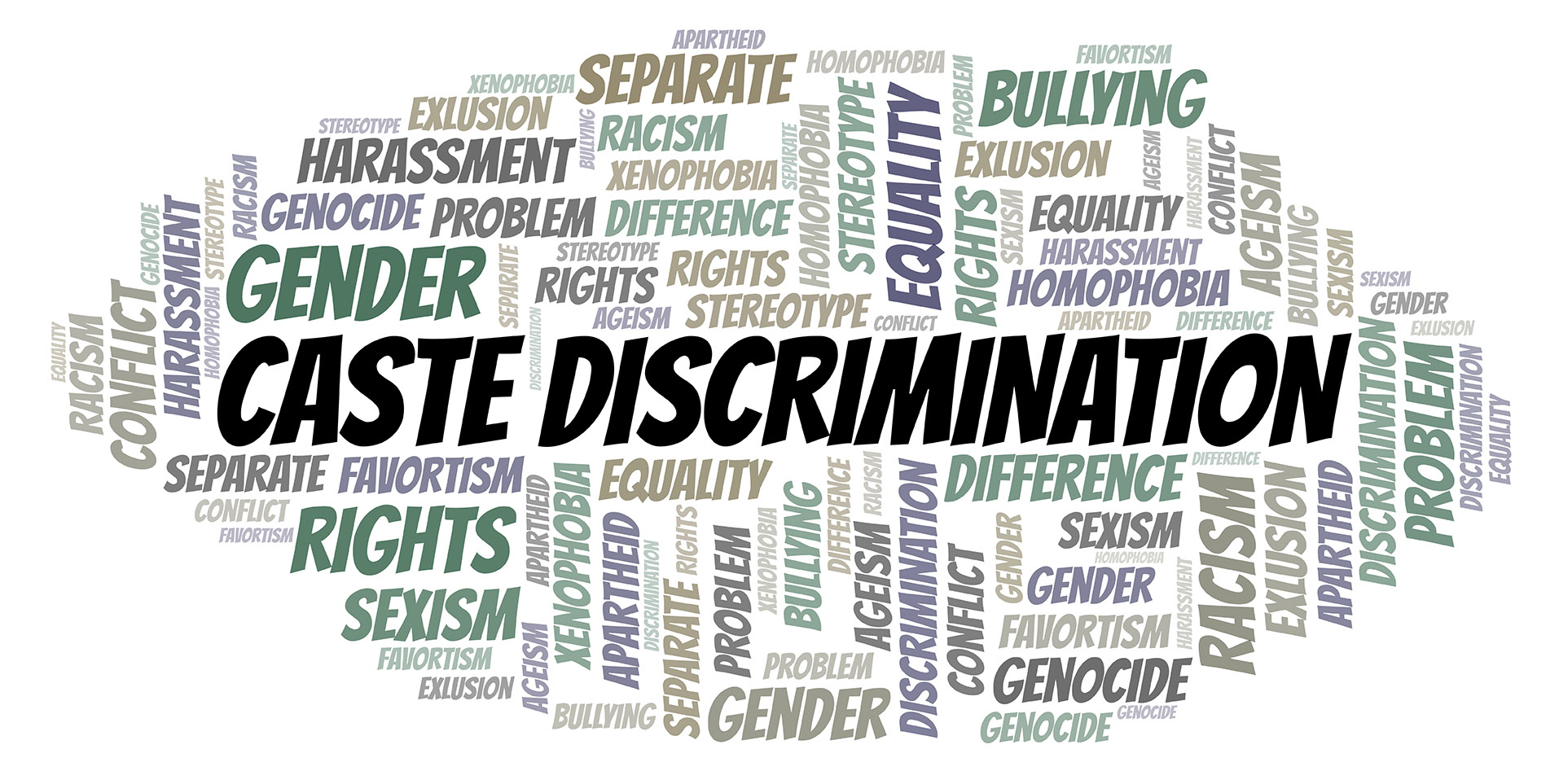Have you ever said “yes” to something you didn’t want to do… just to avoid hurting someone’s feelings?
Maybe it was an extra work project, a client asking for one more revision, or a friend asking for help when you were already exhausted.
We say yes—out of guilt, habit, or fear of disappointing others.
But every time we do, we say “no” to something else: our time, our energy, our priorities, or even our health.
Saying “no” is a powerful skill—and when done right, it doesn’t burn bridges. It actually builds respect.
Let’s explore how to say no with kindness and confidence—and keep your relationships strong in the process.
💡 Why Saying No Is So Hard
We’re wired to want to help. To please. To keep the peace.
We often fear that saying no means:
Letting someone down
Seeming selfish or rude
Damaging a professional relationship
Losing future opportunities
But here’s the truth: Saying no clearly and respectfully shows strength, not selfishness. It shows you know your limits—and you respect theirs too.
✅ When You Should Say No
Not every request deserves a yes. Here are good reasons to set a boundary:
You’re overbooked or overwhelmed
It doesn’t align with your values or goals
You’d resent saying yes
You’re not the best person for the task
It’s a time, energy, or financial drain
You’re allowed to protect your peace, even if someone else is disappointed temporarily.
🧠 The “Yes, No, Yes” Framework
Here’s a powerful formula to say no while still sounding supportive and thoughtful:
1. Start with kindness or appreciation ("Yes")
Show you value the person, even if you can’t do what they ask.
Example:
“Thanks so much for thinking of me.”
2. Politely say no, clearly and confidently ("No")
Be honest, direct, and avoid over-explaining.
Example:
“I won’t be able to take this on right now.”
3. Offer an alternative, if possible ("Yes again")
Redirect, recommend someone else, or offer help in a smaller way.
Example:
“But I’d be happy to connect you with someone who might help.”
💬 Put it together:
“Thanks for thinking of me! I really appreciate it. Unfortunately, I can’t take this on right now, but I’d be happy to share a few referrals if you’d like.”
See? Respectful. Kind. Firm. And no bridges burned.
🗣️ 10 Polite, Professional Ways to Say No
Here are some scripts you can use depending on the situation:
1. Client Requests Extra Work (Unpaid)
“I’d love to help. Let me send over an updated estimate for that additional work.”
2. Someone Asks for a Discount
“I completely understand budget concerns. My rates reflect the quality and time I invest, but I can recommend a lighter package that fits within your range.”
3. You’re Asked to Speak, Volunteer, or Attend
“I’m honored to be invited, but I’m at full capacity right now. I hope it’s a great event!”
4. Friends or Family Ask for a Favour During Work Hours
“I wish I could help! I’ve blocked this time for work, but I can check in after 5 PM if you still need support.”
5. Someone Invites You to Collaborate (But It’s Not a Fit)
“I appreciate the invitation—it’s not the right fit for me right now, but I’m cheering you on!”
6. You Need to Say No to a Second Call/Meeting
“Let’s keep communication via email to save time—I’ll respond within 24 hours.”
7. No to Social Events (You’re Burned Out)
“I’m keeping things low-key right now, but thank you for thinking of me!”
8. Someone Keeps Pushing Your Boundaries
“I’ve already shared what I’m able to do. I hope you can understand.”
9. Colleague Asks for Too Much Help
“I’d love to help, but I’m focused on deadlines this week. Maybe we can check in next week?”
10. When You Just Need to Protect Your Time
“I’m being very mindful of my commitments right now. I’ll have to pass.”
🧘♀️ Saying No Without Guilt
Let’s rewrite the belief that saying no is mean or rude.
Instead, remember:
Saying no to others is saying yes to yourself
People respect your time when you do
You don’t owe access to everyone at all times
Boundaries are a form of kindness—to you and them
You are allowed to say no without a full explanation. “No” is a complete sentence. But saying it with grace is a game-changer.
🧩 What to Do If You Already Said Yes (But Regret It)
We’ve all been there, saying yes and then realising it was the wrong call.
You can still course-correct.
Try this:
“I know I originally said yes, but I’ve had a chance to look at my schedule and I need to step back. I hope you understand.”
It’s better to adjust early than to overcommit and underdeliver.
☕ Final Thoughts: Boundaries Build Bridges
When you say no with kindness and clarity, you’re not closing doors—you’re building stronger, healthier relationships.
People who respect your boundaries will stick around.
People who don’t… weren’t bridges worth keeping.
Protect your peace. Honour your time. Lead with empathy—but lead with strength.
You don’t need to do it all.
And you don’t need to say yes just to be liked.
The more clearly you say no,
The more room you’ll create for the big, bold YES that really matters.
📌 Want More Like This?
You might love:
“Why I Ditched My To-Do List for This Simple System”













Recent Comments
No comments yet.